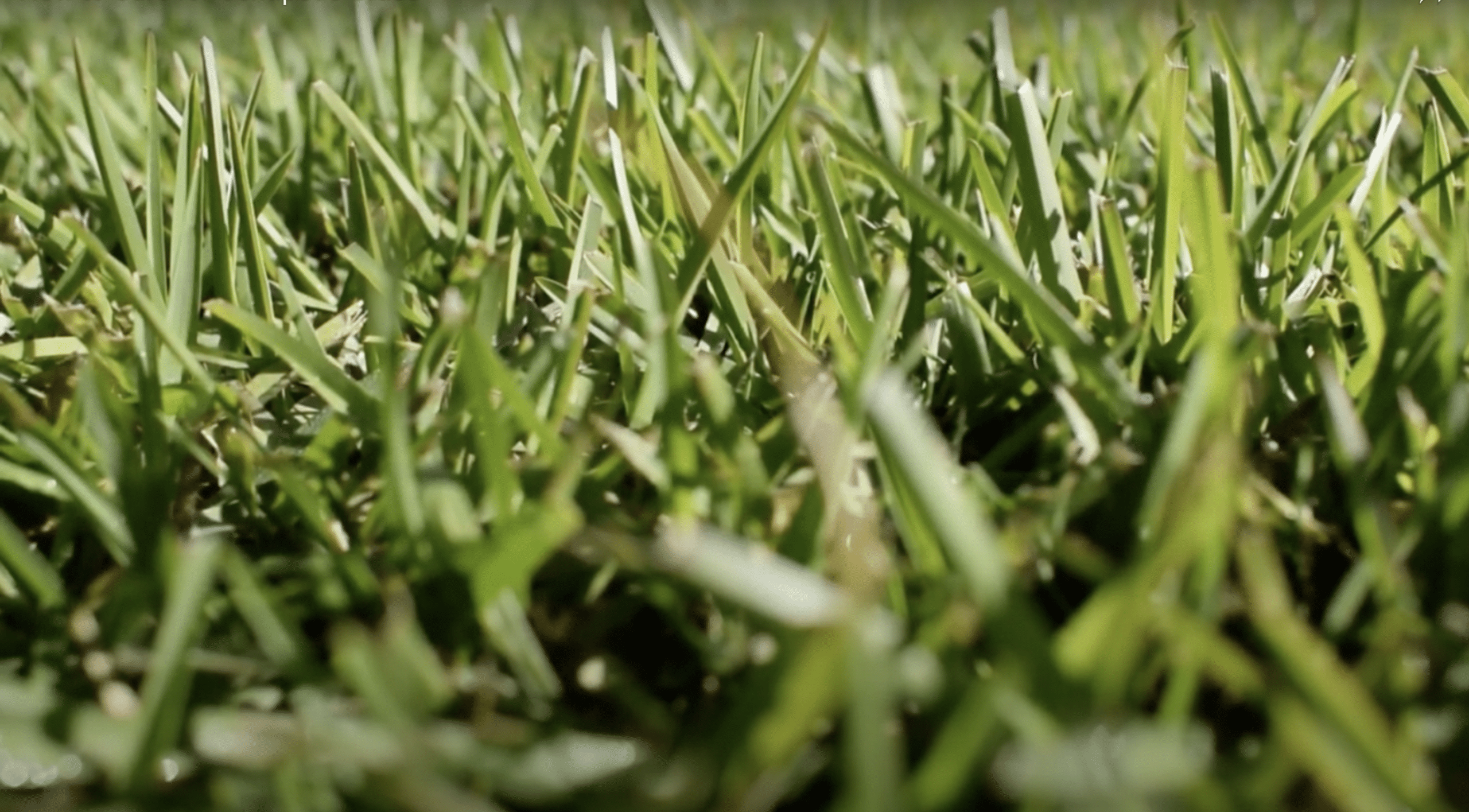With record-breaking dry, hot weather affecting many parts of the U.S., homeowners are increasingly looking for drought and heat-tolerant grass. Centipede grass is one species that is gaining popularity due to shifting weather patterns. This guide will teach you the basics of planting and caring for a centipede lawn and answers common questions regarding growing centipede grass.
What Is Centipede Grass?
Centipede grass or centipedegrass is the common name for the Eremochloa ophiuroides grass species. It is a native grass of China and Southeast Asia but has been grown in the U.S. since 1916. Because of its growing requirements, centipede grass is most popular in the Southeast, specifically in the area that reaches from North and South Carolina to the Texas Gulf Coast.
Some benefits of a centipedegrass lawn include:
- Drought tolerance: Centipede grass is more tolerant of dry conditions than many other types of grass.
- Heat tolerance: The species can withstand high temperatures and tends not to thrive in mild climates.
- Shade tolerance: Unlike many other types of grass that thrive in warm conditions, a centipede lawn is moderately shade tolerant.
- Low maintenance: The properties of centipede grass eliminate the need for dethatching. It does well in sandy soils that don’t require aerating.
What Does Centipede Grass Look Like?
Established centipede grass is a light green color that some people describe as apple green. The individual blades are keeled, meaning they have a boat-like shape. At the collar, the blades may have purplish coloration. The collar area is highly pinched, which is one of the easiest ways to identify centipede grass.
How to Plant Centipede Grass Seed
To plant centipede grass seed, follow these steps:
- Stop using pre-emergent herbicides at least 2 months before planting.
- Remove excess thatch.
- Use a rake to loosen the topsoil.
- Spread 0.25 to 0.5 lbs. of seed per 1,000 square feet. Mix with sand for easier spreading.
- Keep the soil moist while waiting for germination. To prevent moisture stress, don’t overwater.
How to Plant Centipede Grass Plugs
To plant plugs, follow these steps:
- Remove any debris, weeds or grass from the area.
- Use a tiller to prepare the ground.
- Select a plugger with a 2-inch ring and make holes 6 inches apart.
- Place the plugs into the holes.
- Apply 1 inch of water immediately.
- Keep the soil damp for a few weeks after planting.
Centipede Grass Lawn Care
As a low-maintenance species, centipede grass doesn’t require a lot of complicated care. For best results, follow these tips:
- Mowing: Generally, a centipede grass lawn requires less mowing than some other species. The best mowing height for centipede grass is 1 to 1.5 inches. Set the mower blade a quarter- or half-inch lower during periods of extreme heat or drought.
- Irrigation: To maintain its optimal color, centipede grass normally needs 1 to 1.25 inches of water weekly, but the grass can go for several weeks without receiving any rainfall or watering.
- Fertilization: Typically, you should feed centipede grass once halfway through the spring and again halfway through the summer. An extended-release product is typically the best option. Refrain from using nitrogen-rich fertilizer, as it can damage the grass blades and roots.
- Weed control: Prevent crabgrass by treating with a preventative herbicide in the early spring. You can fight broadleaf weeds with post-emergent herbicide as needed. If you like to use weed and feed products, wait until the third or fourth mow of the growing season for best results.
Centipede grass FAQs
To help you determine whether planting centipede grass is right for you, we created this list of frequently asked questions about centipede lawns and provided answers.
Does Centipede Grass Reseed Itself?
Yes, centipede grass will reseed itself if cared for properly. To encourage reseeding, stop mowing in early fall. This will allow the grass to grow long enough to produce flowers that produce centipede seed.
How Long Does It Take Centipede Grass to Germinate?
Centipede grass grows slowly. In most cases, centipede grass seed takes 10 to 30 days to germinate. The grass spreads more slowly than some other warm-season grasses. For very large lawns, it can take several years for full spread.
Is Centipede a Good Grass?
What makes a good grass is largely a matter of personal opinion and preferences. Centipede is a low-maintenance grass that tolerates drought well and can thrive in moderately shady areas. This makes it an excellent choice of lawn grass in some settings.
Some downsides to a centipedgrass lawn is that it turns brown in the winter, and the old grass may require heavy watering to restore its color. Also, the species is not as resilient as some other warm-season grasses. As a result, it may not be the ideal grass for yards that receive heavy foot traffic.
When Should You Plant a Centipede Grass Lawn?
Generally, the best time for planting centipedegrass is late spring to early summer. As a warm season grass, it will do better when soil temperatures are warm. Planting at this time of year reduces the amount of watering needed to encourage germination.

